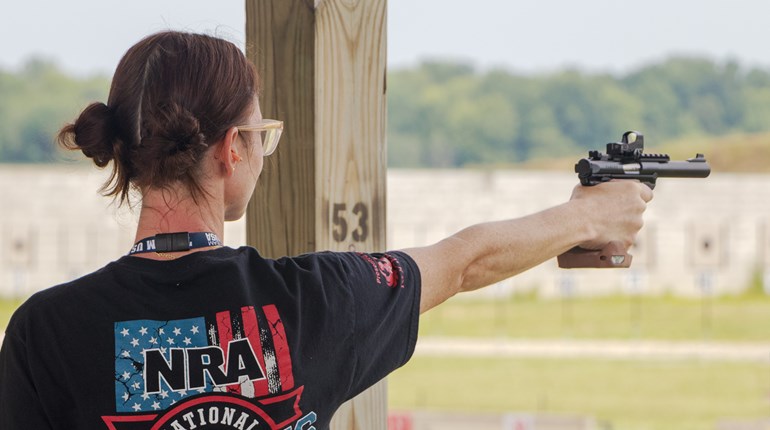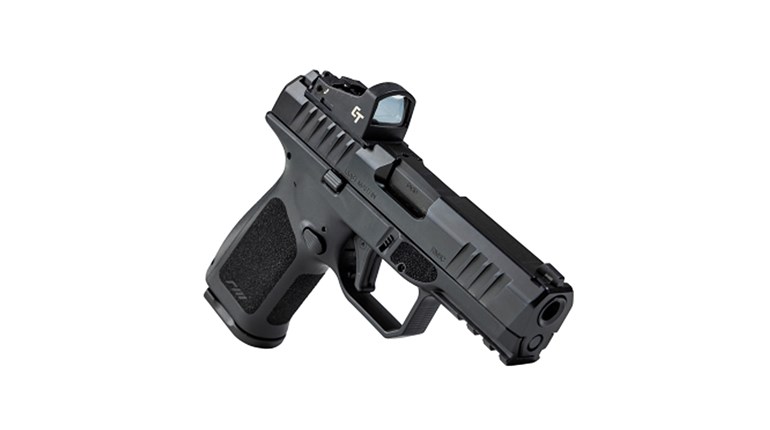
At some point, you might have doubted the capabilities of laser sights, especially when it comes to relying solely on them to learn how to shoot a gun.
But it’s undoubtable that Crimson Trace Corp. has thrived by adapting to a changing marketplace. This fact is evidenced by the company’s recent celebration of its 25th anniversary of business.
At the same time, we’ve seen its parent company, American Outdoor Brands Corp., continue to spread its wings with the recent acquisition of LaserLyte and expand into the shotgun market.
Much like some of the best start-ups in today’s world, Crimson Trace got its start in a garage. And it began with a limited focus—machining laser sights into Glock pistols. The industry has changed much in 25 years, such as by putting Picatinny rails on most handguns. And, the little company that could in Oregon has responded nimbly and capably.
Indeed, its business model tends to dispel concerns that loyalists to iron sights might have had when laser sights were in their infancy. They don’t really want firearm neophytes to buy a laser and rely on it as a “point-and-shoot” type of product. Instead, they want their users to understand that laser sights are intended as a tool for defensive uses.
Consider, for example, the company’s “instinctive activation.” Under stress, people tend to clench muscles, which is a natural reaction that activates the laser. Or, take a look at what happens during an attack on someone. It’s more likely to be dark and at that time a person’s adrenaline kicks into high gear—making it difficult to line up a solid shot with iron sights. In that scenario, the laser serves as an adequate back-up in such situations.
Mark Keefe, editor-in-chief for one of NRA’s sister publications, reflects about the company’s beginnings in an article on americanrifleman.org. While he and other industry veterans have more stories to tell about changes over time, NRA’s editors also have seen Crimson Trace expand its product lines and adapt to better serve its growing customer base.


































